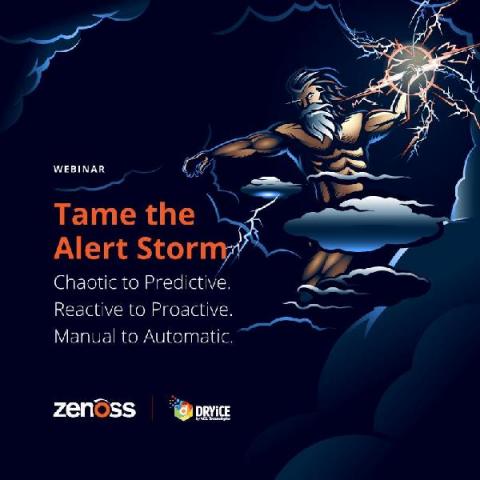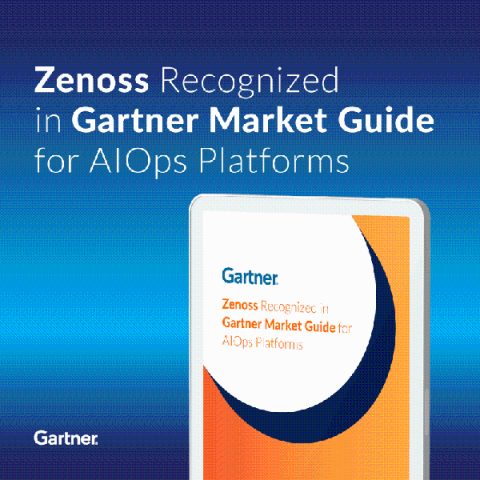Design Thinking and Beautiful UX: Do They Matter for AIOps?
In this post, Pad Warrier, product manager at Zenoss, interviews Natalia Bakusevych and Carl Camera about the Zenoss design system. A beautiful user experience is the result of a purposeful, principled, and process-driven approach that begins with customer discovery. Natalia and Carl describe Zenoss' continual evolution with before and after examples that highlight increased productivity and efficiency for both Zenoss and our customers.










